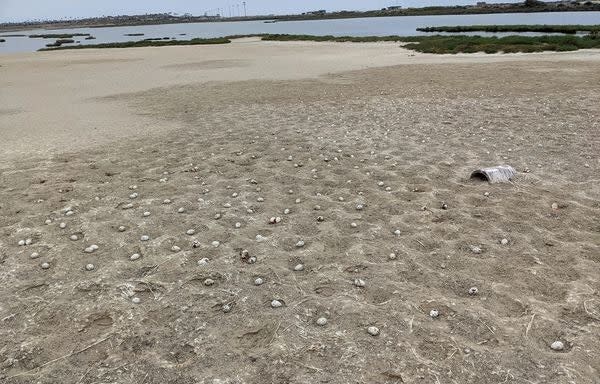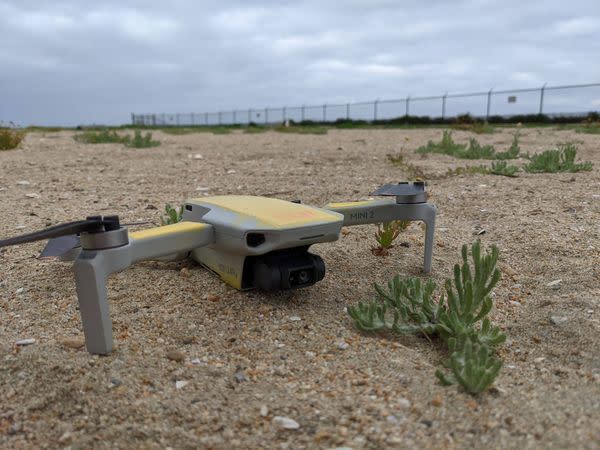Generation of California seabirds wiped out by drone

A generation of seabirds was wiped out when a drone crashed into a protected nesting ground in California.
Wildlife officials say that the crash-landing saw around 3,000 elegant terns flee the Bolsa Chica Ecological Reserve, leaving behind them up to 2,000 eggs, which will never hatch,
Scientists say it is the biggest ever egg abandonment at the island near Huntington Beach, California.
“We’ve never seen such devastation here,” said environmental scientist Melissa Loebl, who manages the reserve, told The Los Angeles Times.
“This has been really hard for me as a manager.”
Scientists at the reserve say the bird are very sensitive to perceived threats, and no-one actually knows where they have gone.
“We actually still don’t know where they are,” added Ms Loebl.
Drones are banned from flying over wildlife reserves in the state, because of the risk of disturbing habitats, said Officer Nick Molsberry of the California Department of Fish and Wildlife.
In the event that happens, the drone operator can also face charges for nest destruction and harassment of wildlife.
“They’re seen as predators,” said Ms Loebl.
“Think of a bird. When I migrate 100 miles, I want a safe place to nest, forage and breed, and they come here to do just that.”
The 1,000-acre reserve is one of the largest, and last remaining coastal wetlands in Southern California.
More than 800 species call it home, of which 23 have special status, including the endangered Ridgway’s rail and California least tern.

“These are all birds we put a lot of time and energy into managing their habitat so they can have a successful year breeding,” added Ms Loebl.
Officials are now working with the Orange County District Attorney’s office to get a warrant to legally extract video footage from the drone and its location history.
“We will hopefully have some great footage of the user and what the drone did, its flight path, and be able to articulate all the elements we need to fulfill the violation for this person,” said Officer Molsberry.
The crash, which took place on 12 May, was actually the second in 24 hours at the reserve.
In the first incident the birds flew away before quickly returning to their nesting sites.
Read More
Climate change and overfishing is threatening the future of seabirds
Island that was home to dodo uses life-size dummies to save native seabirds
Climate crisis is ‘life or death’ for New Zealand, says Jacinda Ardern
